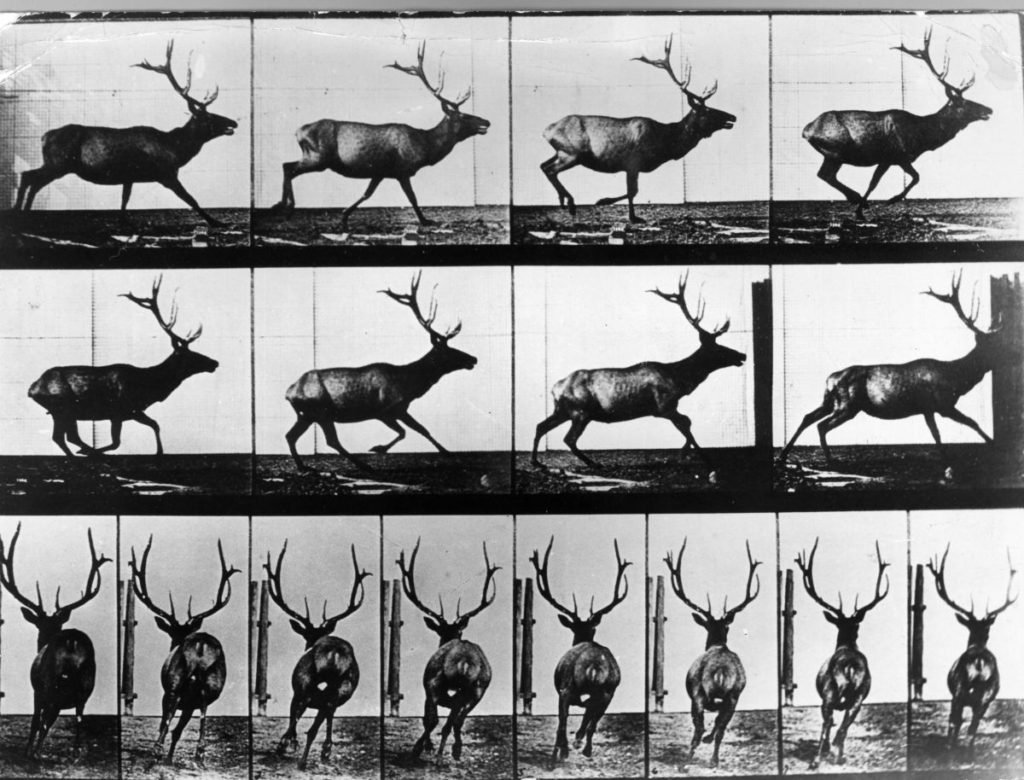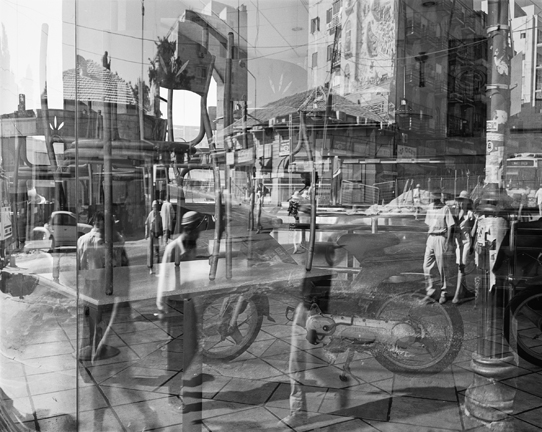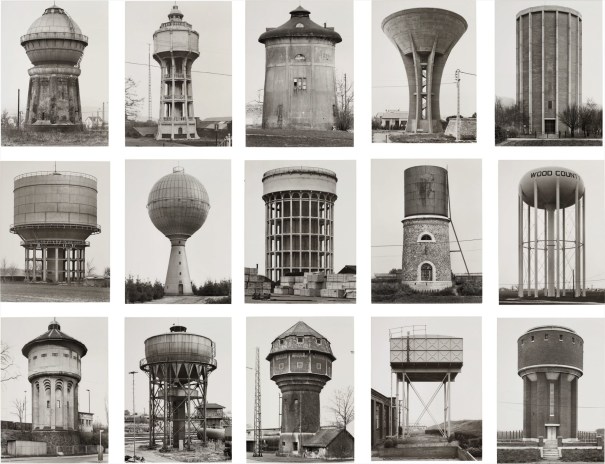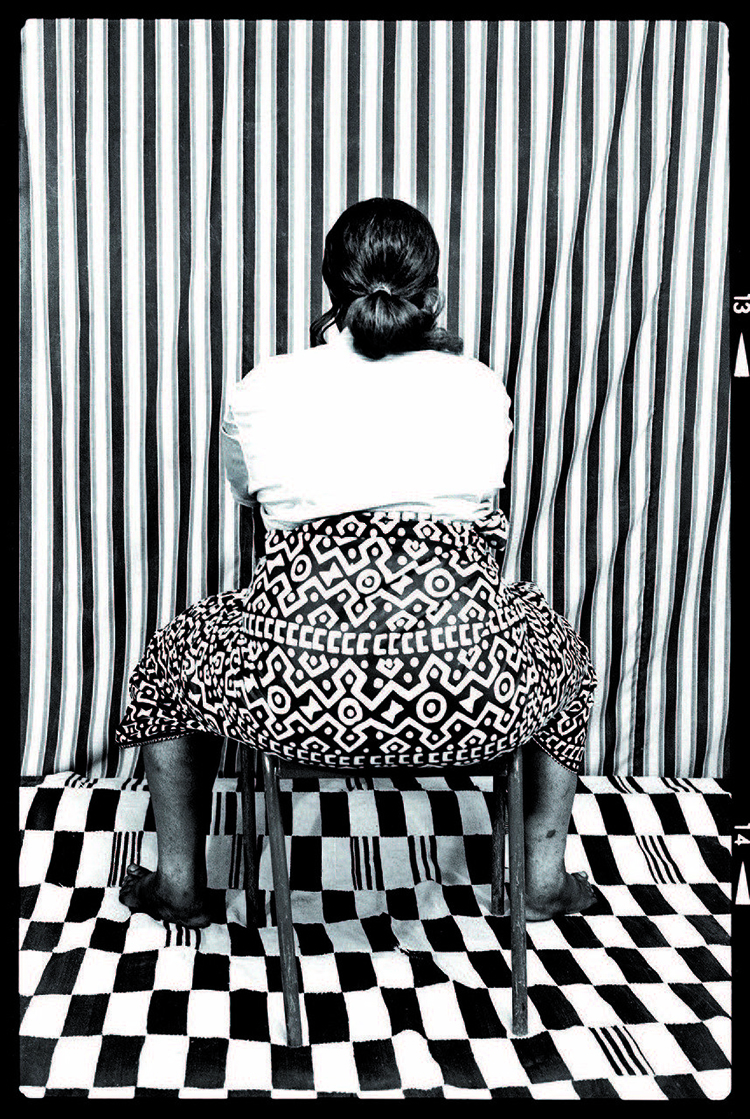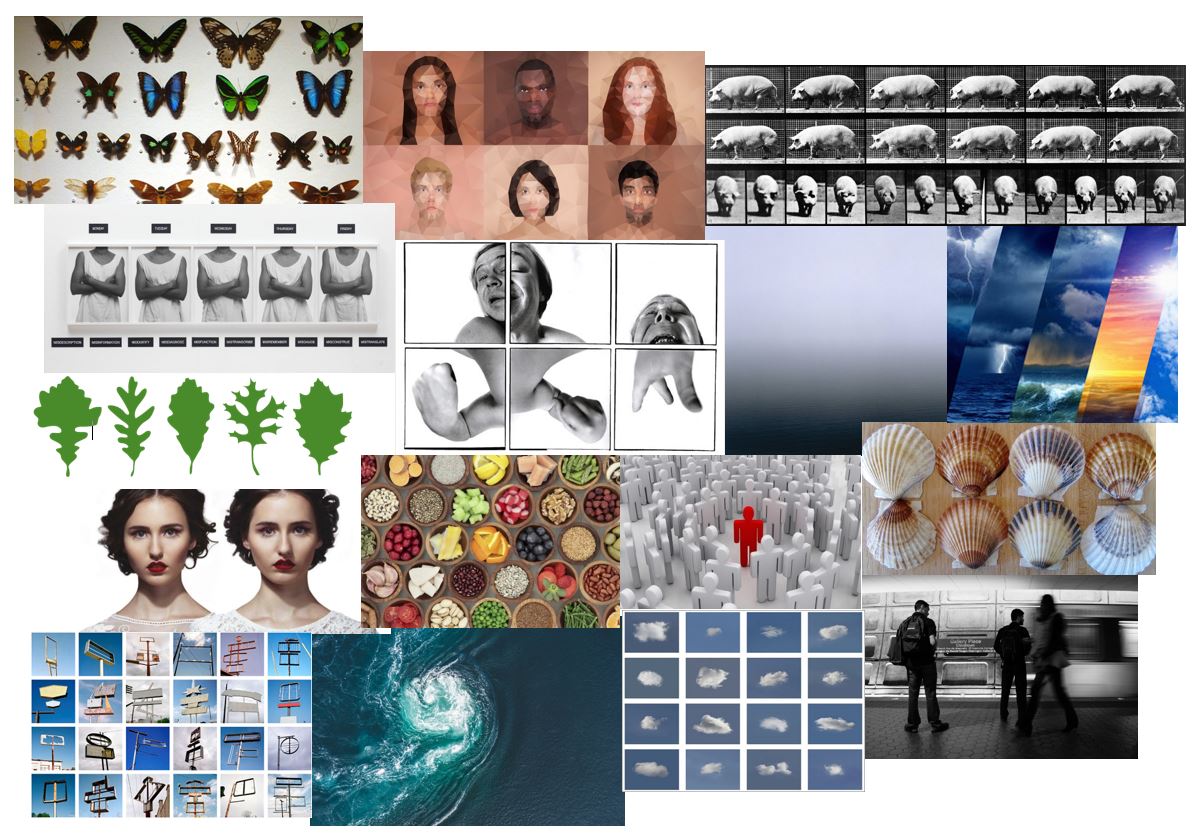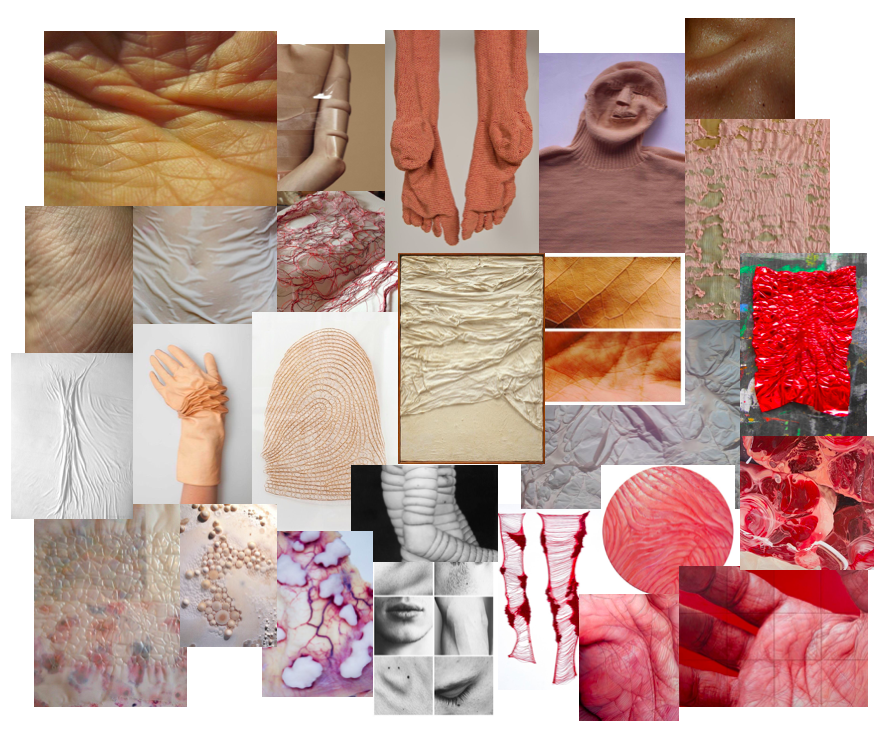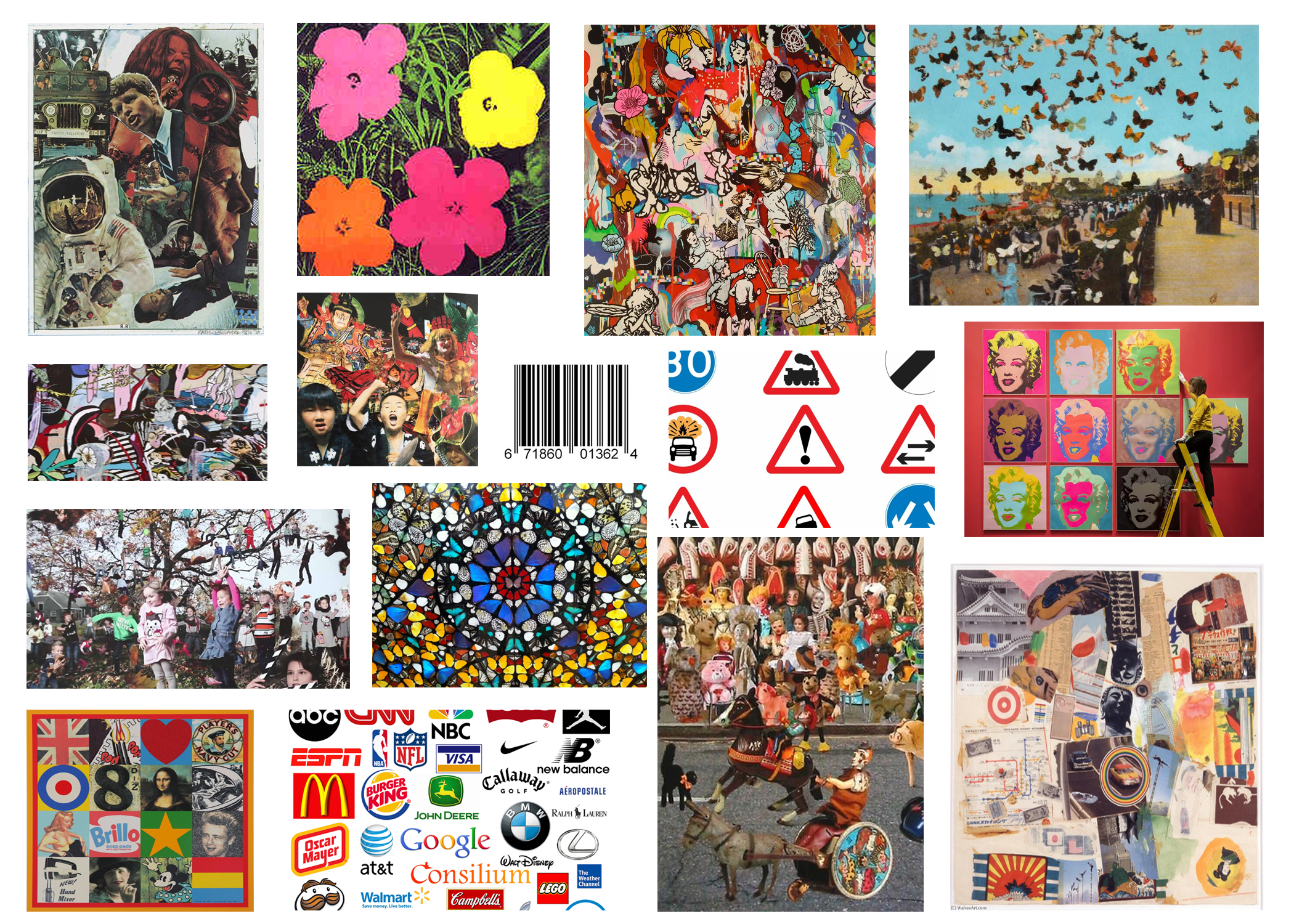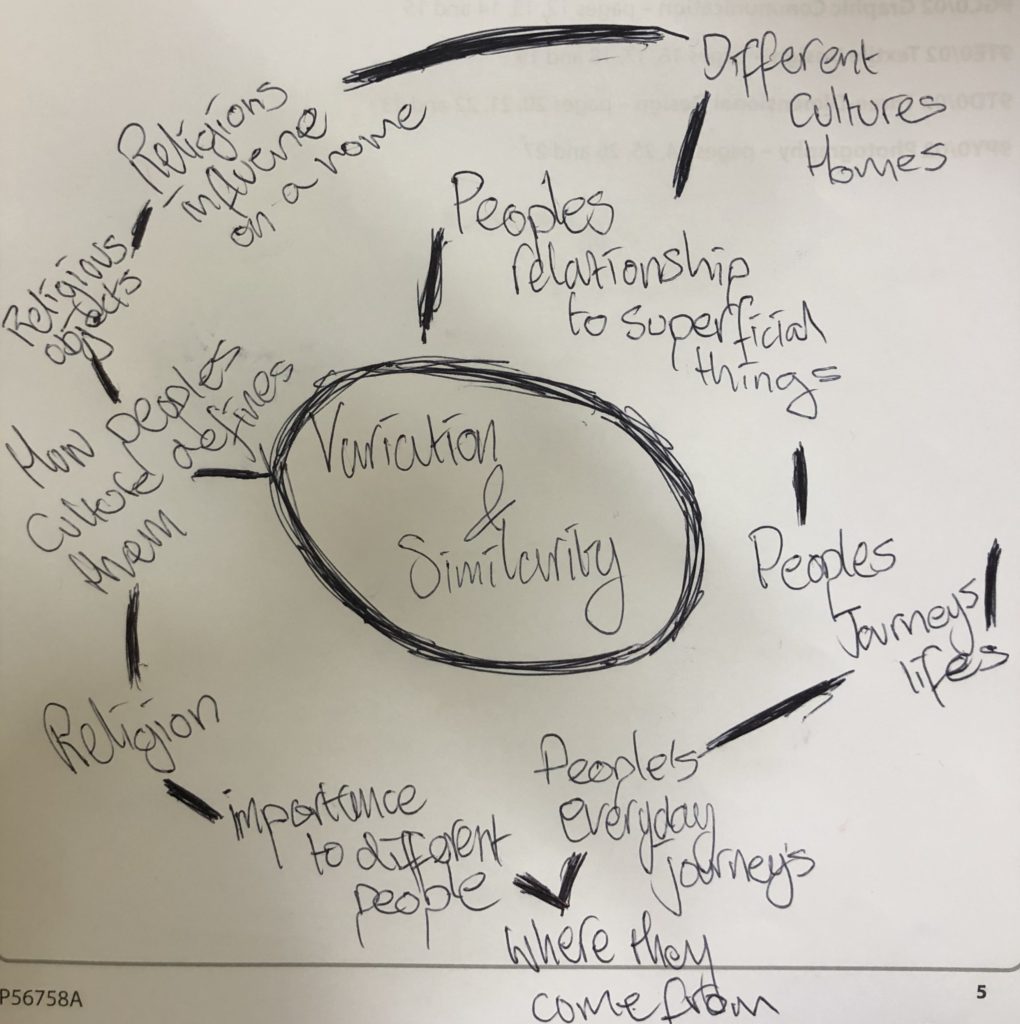Video Art Research
Video art is an art form that relies on using visual technology as a way of creating a visual and/or audio medium. Video art emerged during the late 1960s as new consumer video technology such as tape recorders became available outside corporate broadcasting. Video art can take many forms: recordings that are broadcast; installations viewed in galleries or museums; works streamed online, distributed as video tapes, or DVDs.
Nam June Paik, a Korean-American artist who studied in Germany, is widely regarded as a pioneer in video art. Video art is often said to have begun when Paik used his new Sony Portapak to shoot footage of Pope Paul VI’s procession through New York City in the autumn of 1965 Later that same day, across town in a Greenwhich Village cafe, Paik played the tapes and video art was born.
Andy Warhol worked across a wide range of media—painting, photography, drawing, and sculpture. In addition, he was a highly prolific filmmaker. Between 1963 and 1968, he made more than 650 films. His style of films included hundreds of silent Screen Tests, or portrait films, and dozens of full-length movies, in styles ranging from minimalist avant-garde to commercial “sexploitation.” The films Warhol made in the are among the most significant works in the career of this prolific and mercurial American artist. Warhol’s films have been highly regarded for their radical explorations beyond the frontiers of conventional cinema. In the early 1970s, most of the films directed by Warhol were pulled out of circulation by Warhol and the people around him who ran his business. After Warhol’s death, the films were slowly restored by the Whitney Museum and are occasionally projected at museums and film festivals. Few of the Warhol-directed films are available on video or DVD.
Task – Record an activity or routine that you do/ repeat on a daily basis, e.g. brushing teeth, putting on clothes, applying make-up, comb your hair, eating, feeding your dog, walk to school/work, sleeping, scree time on social media, talking, selfies
My plan – Using a Go-Pro I will capture myself getting toast for breakfast; the process of walking up to the toaster, getting the toast out, cooking it, buttering it and then eating it. A simple task which i do everyday and usually don’t think twice about.
My Video



